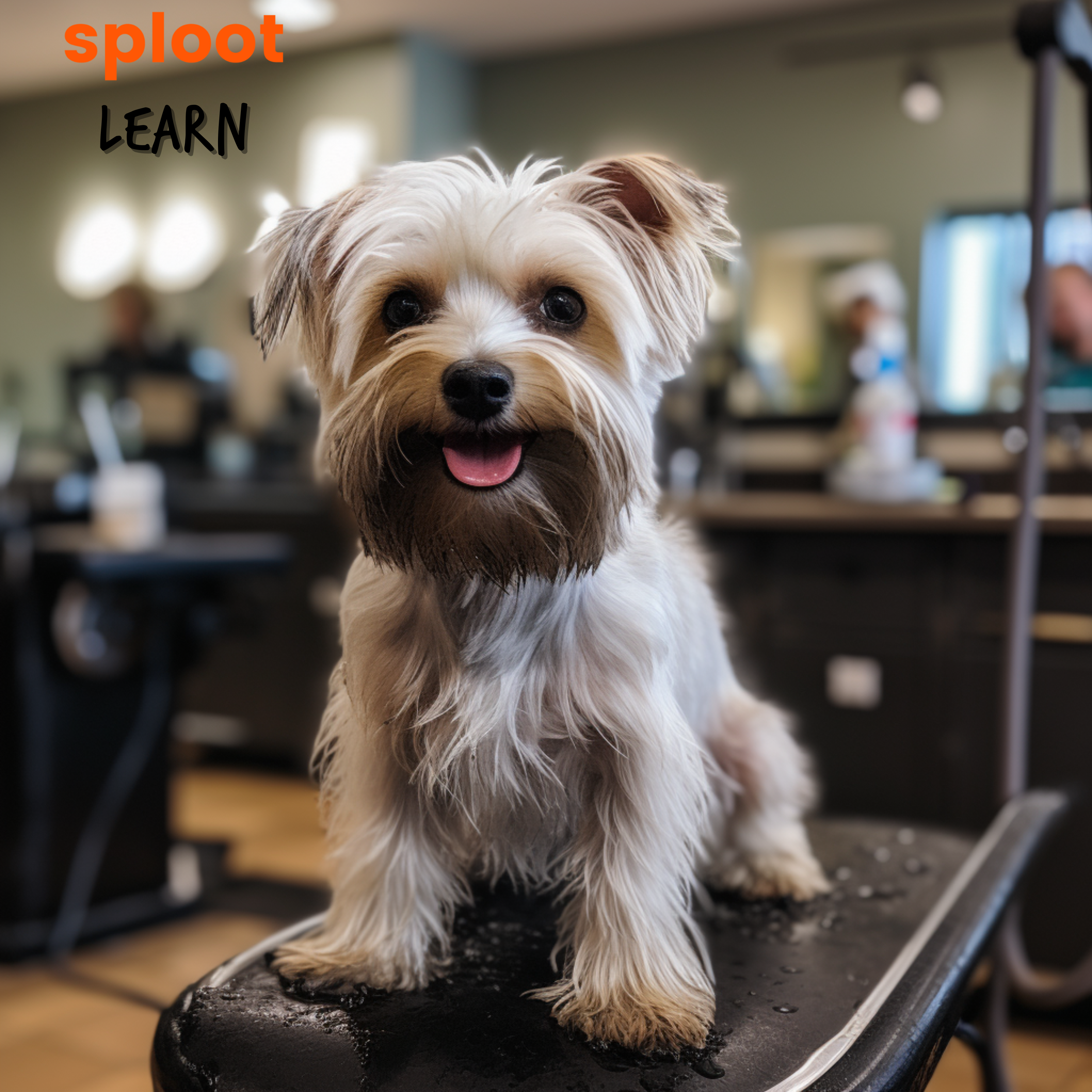Grooming Essentials for Better Dog Parenting

Grooming is an integral part of dog parenting, contributing significantly to a pet's health, happiness, and the overall quality of the bond between dogs and their owners. Regular grooming sessions not only ensure that your dog looks and feels their best but also provide an excellent opportunity to check for signs of health issues, such as skin problems or parasites. This blog delves into the grooming essentials every dog parent should know, offering tips to make grooming a positive experience for you and your companion.
Understanding the Basics of Dog Grooming
Grooming encompasses a range of activities, including brushing, bathing, nail trimming, ear cleaning, and dental care. The frequency and type of grooming depend on several factors, including your dog's breed, coat type, activity level, and health needs.
Brushing: The Foundation of Grooming
Regular brushing removes loose hair, prevents matting, distributes natural oils throughout the coat, and keeps the skin healthy. For short-haired breeds, brushing once a week may suffice, while long-haired dogs might require daily brushing to prevent tangles and mats.
Tip: Use a brush suitable for your dog's coat type and be gentle, especially around sensitive areas.
Bathing: More Than Just Skin Deep
Bathing your dog helps remove dirt, debris, and excess oil, contributing to a healthy, shiny coat. However, bathing too frequently can strip away natural oils, leading to dry skin.
Tip: Use a dog-specific shampoo, lukewarm water, and ensure to thoroughly rinse out all the soap. Bathing frequency should be as needed, but typically no more than once a month for most breeds.
Nail Trimming: A Delicate Balance
Long nails can cause discomfort and even lead to skeletal issues over time. While the thought of nail trimming can be daunting for both dogs and parents, regular trims are essential.
Tip: Use a sharp, dog-specific nail trimmer and only trim a small amount at a time to avoid cutting the quick. If unsure, seek guidance from a professional groomer or veterinarian.
Ear Cleaning: Preventing Problems Before They Start
Clean ears are vital to preventing infections, especially in breeds with floppy ears. Regular checks and gentle cleaning can help maintain ear health.
Tip: Use a vet-recommended ear cleaner and a soft cloth or cotton ball. Avoid inserting anything into the ear canal.
Dental Care: A Smile to Be Proud Of
Dental health is crucial for overall well-being. Daily brushing with dog-specific toothpaste can prevent tartar buildup, gum disease, and bad breath.
Tip: Introduce dental care early and gradually, using a toothbrush designed for dogs. Dental chews and toys can also help maintain oral health.
Making Grooming a Positive Experience
- Start Early: Acclimatize your dog to grooming from a young age to help them feel comfortable with the process.
- Use Positive Reinforcement: Reward your dog with treats and praise during and after grooming to associate the experience with positive outcomes.
- Be Patient and Gentle: Take your time, and be gentle, especially if your dog is anxious or fearful. Consider professional grooming services for parts of the routine that you or your dog find particularly stressful.
Conclusion
Grooming is a vital aspect of dog parenting that goes beyond mere aesthetics. It's an act of care that nurtures the physical health of your dog, as well as the emotional bond between you. By incorporating these grooming essentials into your routine, you ensure that your dog not only looks their best but also feels their best, paving the way for a happy, healthy life together. Remember, grooming is not just a responsibility; it's an opportunity to show love and care for your furry family member.

